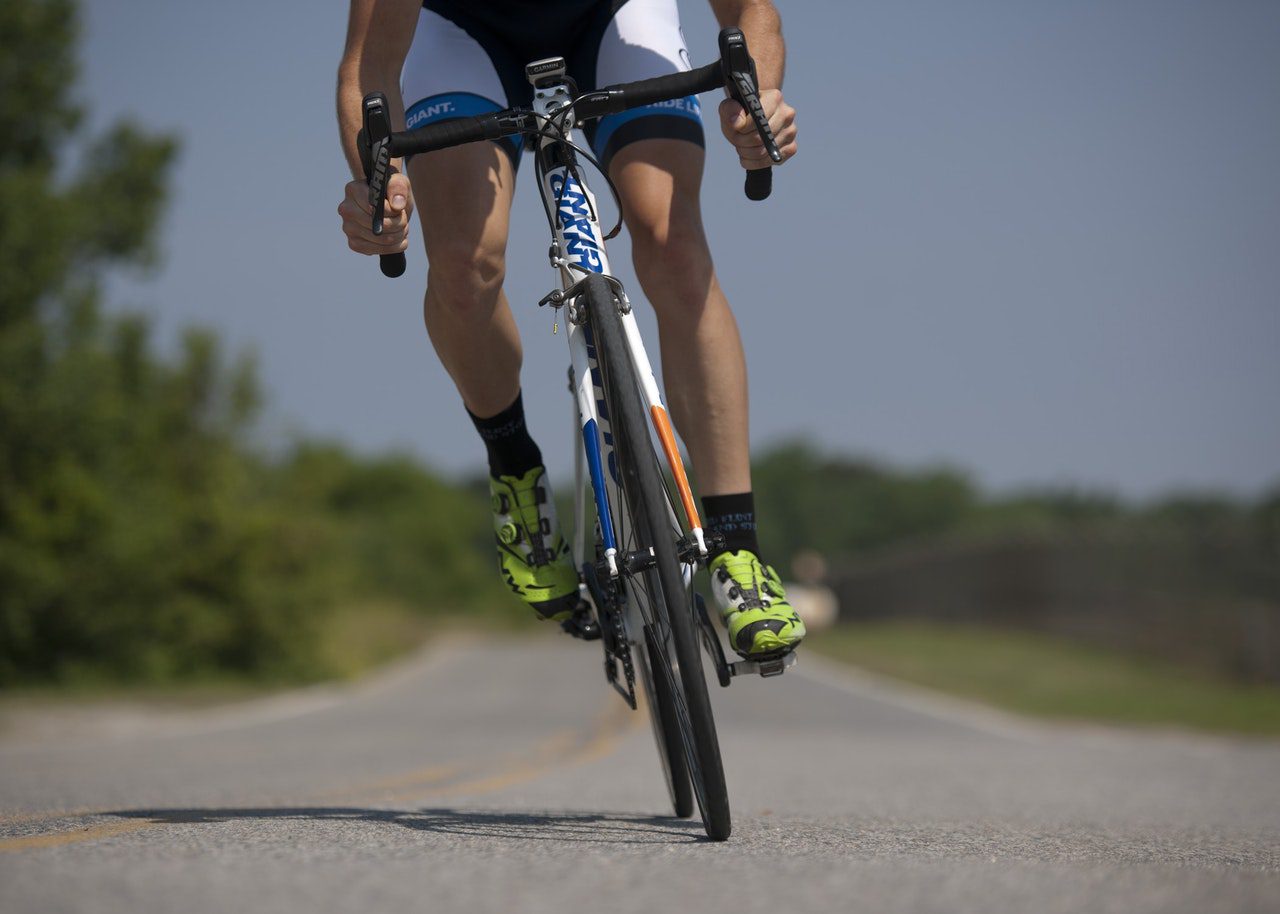Many adults never had the opportunity to learn to ride a bike, and many children aspire to do so. If you haven’t learned how there’s no need to feel humiliated. Instead, get excited to begin one of the most healthy, environmentally friendly, and enjoyable modes of self-transportation available. Anyone can learn to ride a bicycle with some practice, technique, and a little falling.
We’ll show you how to ride a bike and the benefits of doing so in this guide.
Page Contents
Benefits of Riding a Bike
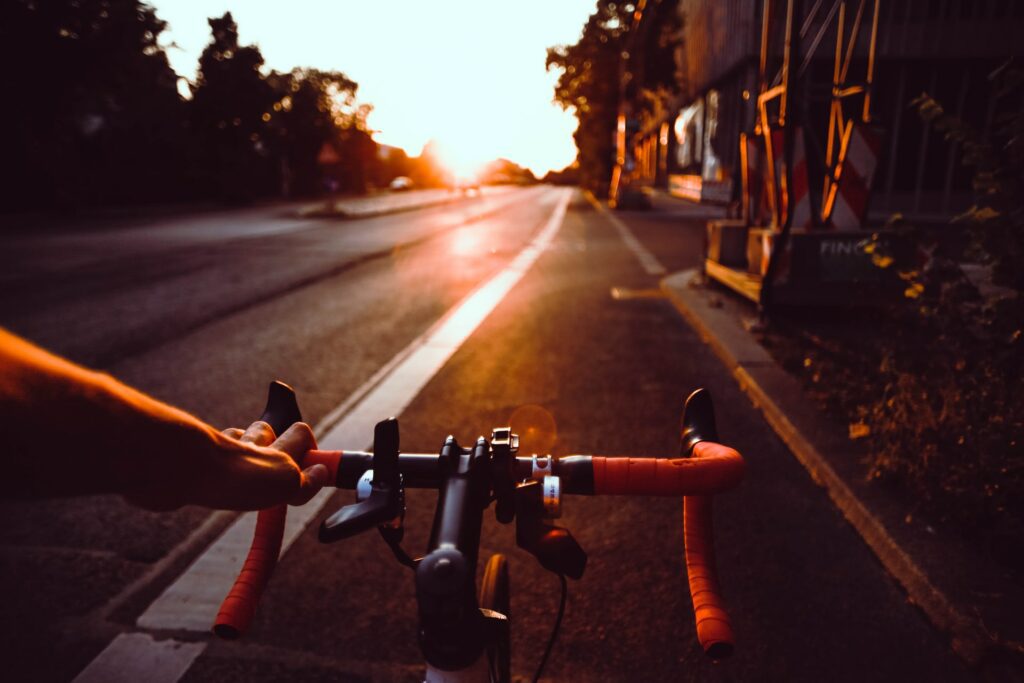
For most people, the idea of riding for hours each day is unrealistic. Commitment is required to log significant mileage every day. On the other hand, a daily bike ride is not only doable, but it can also have a positive impact on your life.
If you’re not ready to commit to cycling every day for the rest of your life, start with a short-term biking schedule— it’s easier to form a habit when you work toward smaller goals. You’ll be able to discover what’s feasible for your circumstances this way. Do you require additional persuasion? Here are six life-changing benefits of riding your bike every day, regardless of how much time or energy you have.
A More Pleasurable Commuting Experience
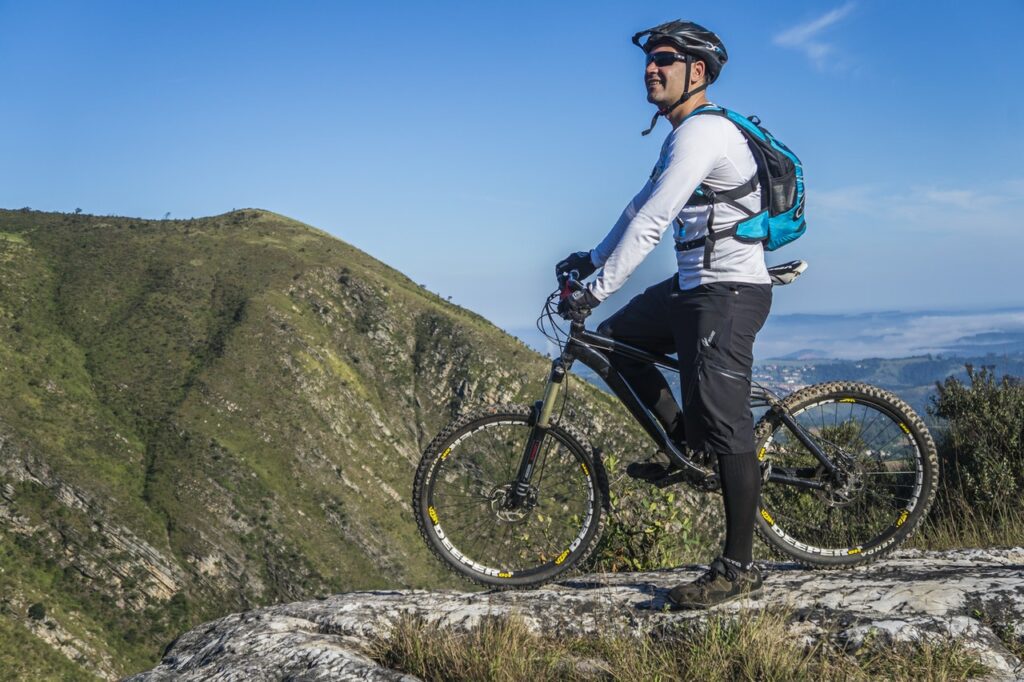
One of the primary advantages of biking every day is that if you are short on time, making it part of your commute is one of the most natural ways to incorporate it into your calendar. Unlike gym training, biking may easily be involved in daily life. When you ride a bike to work, it will also save you money!
Improves Mental Health and Clearer Mind
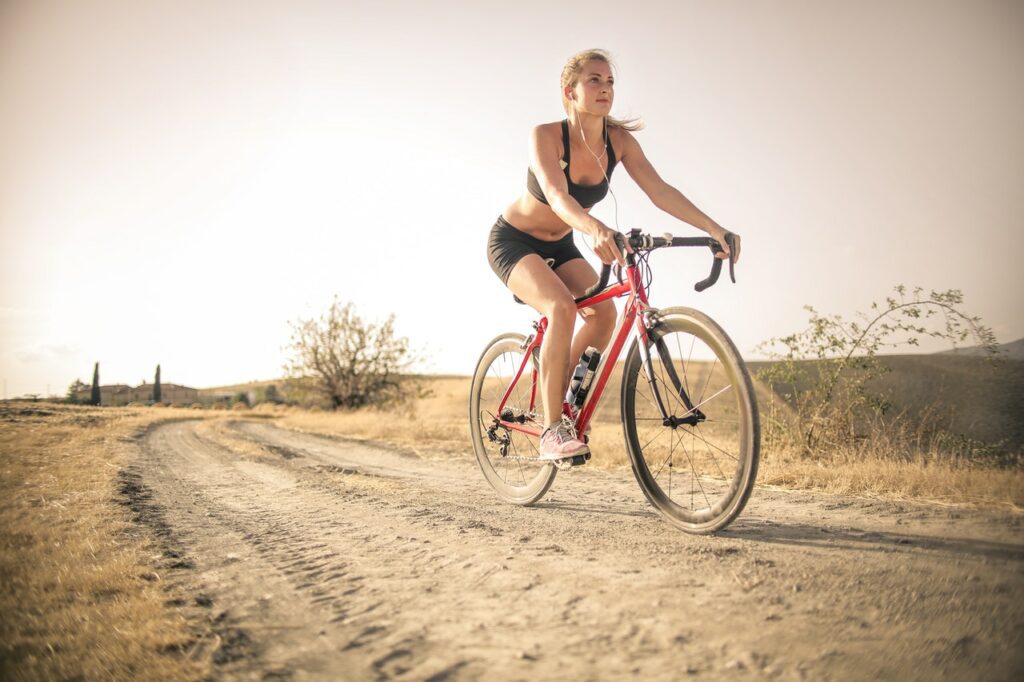
Another advantage of commuting by bike is that after you’ve gotten into the habit of doing so, you’ll be more prepared for what comes next, such as using your bike instead of your car to do a quick errand on the weekend or going to the gym.
Exercise daily has been shown to boost energy and minimize weariness. Even a single 30-minute workout can help enhance your reaction time, memory, and creativity.
Cycling is one of the best workouts that therapists recommend. It’s gentle on the joints and aids with stress relief. Cycling has also been shown to help people deal with anxiety and sadness. Studies show people who regularly do their daily commuting by bicycle reported increases in their general mental health.
Reduces Overeating
Cycling regularly can also help you relax a little about what you eat and keep your weight in check—in moderation. A leisurely spin isn’t exactly a green light to eat two more doughnuts, but riding your bike every day can help you ease up on your diet restrictions.
Steps on How to Ride a Bike
OK, are you ready for your first bike ride? Below are the steps required to master how to ride a bike.
1. Make any necessary adjustments to the bike
Lower the bike seat so that whoever is riding can sit comfortably with both feet flat on the ground. A low seat allows you to use your feet to stop yourself from falling. Training wheels are not required for adults; however, they can be used on a child’s bike or specialty balance bikes.
It is feasible, but not necessary, to remove the pedals to keep them out of the way.
2. Test the brakes
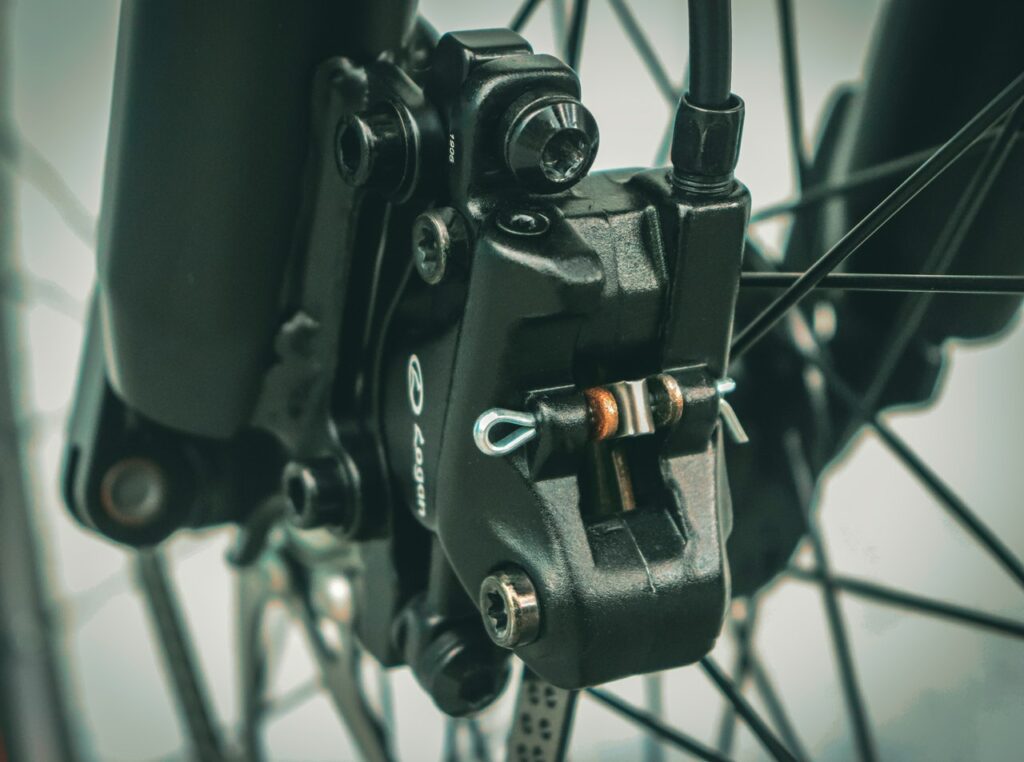
Learn how the brakes on a bicycle work. Remove yourself from the bicycle. Keep it close to you and take a walk with it. To get a sense of where the brake buttons are, how they feel, and how the bike reacts to them, press them. You’ll feel more confident once you’ve learned this because you’ll be able to make an emergency stop if necessary.
- If your bike has brakes on the handlebars, check which controls the front and controls the back wheel. Professionals can change these.
- When you squeeze the back brake, the rear wheel skids, the bike will pitch forward if the front brake is pressed.
- Backpedal (coaster) brakes should be used if your bike does not have brakes on the handlebars. To brake, press down on the pedal nearest the bike’s back end as if you were pedaling backward.
- There are no brakes on a fixed-wheel bike unless it has been modified.
Instead of braking, you must moderate your pedaling pace or skid by leaning forward and gripping both pedals horizontally with your feet.
3. Keep one foot on the ground
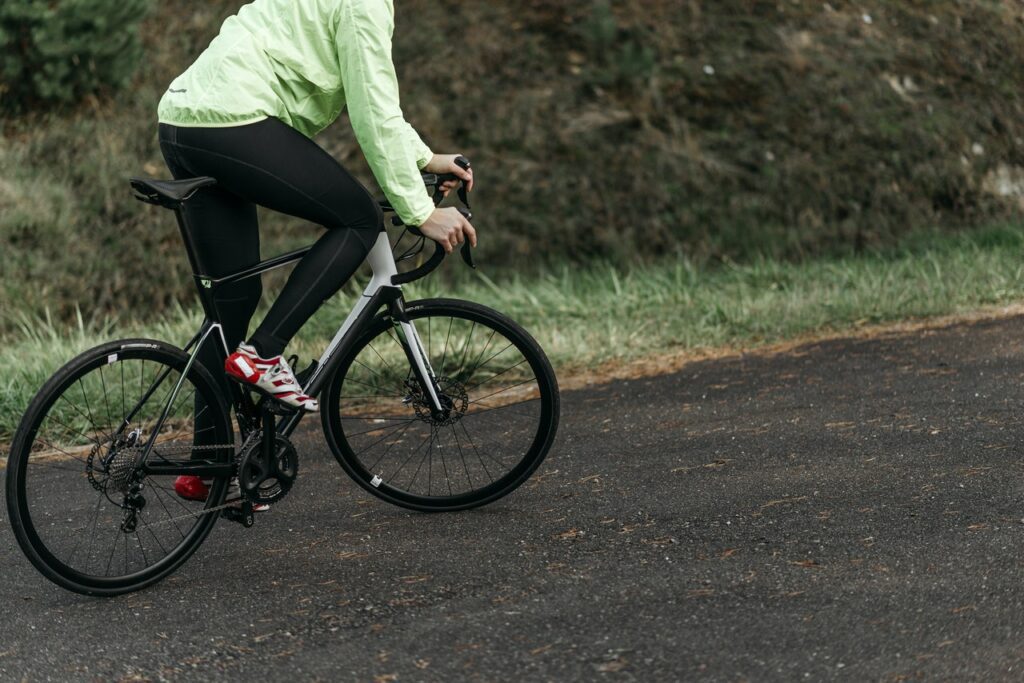
It makes little difference whatever side you choose; nevertheless, your dominant side may feel more comfortable. For example, a right-handed individual can stand on the left side of the bike. Raise your right leg over the bike and place it on the ground on the other side of the bike. Raise the bike between your legs and hold it there.
Feel your bike’s weight between your legs and maintain balance as you lower yourself. While you adjust, having your feet on the ground keeps the bike from tipping.
4. Start pedaling
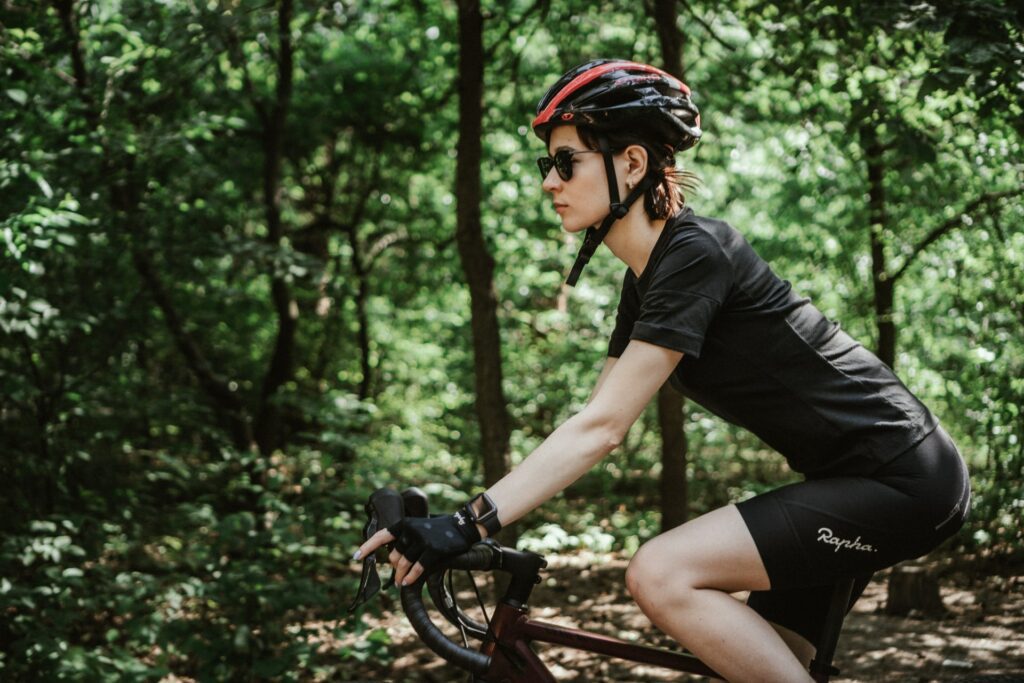
Begin by placing one foot on the ground. The opposite foot should be flat on a pedal that is pointing up. Push off, shift your weight to the opposite pedal, and get moving! Continue as long as you can keep your balance.
Balancing is easier when you go quicker, but don’t go too quickly, or you’ll lose control.
5. Practice braking
Don’t come to a halt on foot. Stopping with the brakes is a superior practice. Stop pedaling, shift your weight to the lowest pedal, and, if your bike has them, squeeze both handbrakes. When the bike has come to a complete halt, elevate yourself slightly and step off the ground.
When you put your feet down too soon when applying the brakes, the bicycle comes to a sudden stop. Maintain a balanced weight distribution between your left and right sides of the bike. Instead of bending, sit upright.
6. Start gliding
Try to maintain your balance as long as possible while in motion. Rather than pedaling, use your feet to propel yourself forward. Tuck your feet into the pedals and lift them. When you notice the bike starting to tip, catch it with one foot on the ground and push off again.
7. Keep your eyes fixed on the road ahead.
When you stare at obstacles, your bike will most likely move in the direction of the obstacles. Focus on staring in the direction you want the bike to go. Avoiding distractions from what is going on around you takes some practice.
Further Tips on How to Ride a Bike
Cycling appears straightforward from the outside—all you have to do is pedal, right? However, it can be daunting if you’re getting back on a bike after a few years.
Starting is easier than it appears, and we’ll tell you a little secret: you don’t have to wear tight-fitting clothing if you don’t want to. But we’re confident that after you take your first bike ride, you’ll be hooked on the sense of freedom, adventure, and excitement that comes with riding a bike. Here are the must-know guidelines for beginners on how to ride a bike so you can tackle the roads with confidence.
Choose the Correct Bicycle
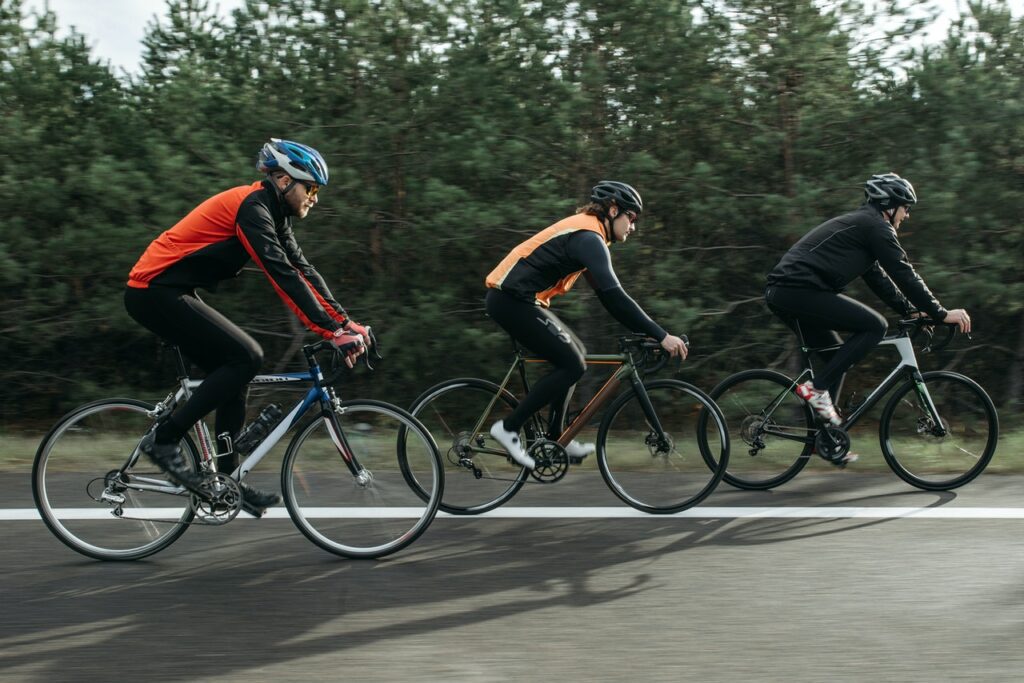
Of course, you won’t be able to get started unless you have a bike to ride. While we’re great fans of many kinds of bikes, we’re focusing on road bikes here. The compact bikes—with slim tires and practical riding geometry—are designed to assist you in handling concrete bike paths and city streets, and they are the most prevalent and accessible kind of cycling for novices.
Size of the Bike
You must first size your bike, just as you would a good pair of running shoes. Standing above the top seat tube, aim for clearance of about an inch between your torso and the frame. If this is unfamiliar territory for you, your local bike store can assist you.
Budget and Style
The next step is to choose a bike appropriate for your budget and riding style. Are you planning on putting in some weekend miles? Do you want to get some workouts on your bike? Are you intending on doing long-distance rides or racing in the future? At every price point, road bike frames have specialized geometries and components customized to each of these aims.
Consider how you plan to utilize the bike and how you might wish to progress with it. For example, you may only be able to cycle 20 miles right now, but you’ve set your sights on a 75-mile charity ride.
Get the Right Gear
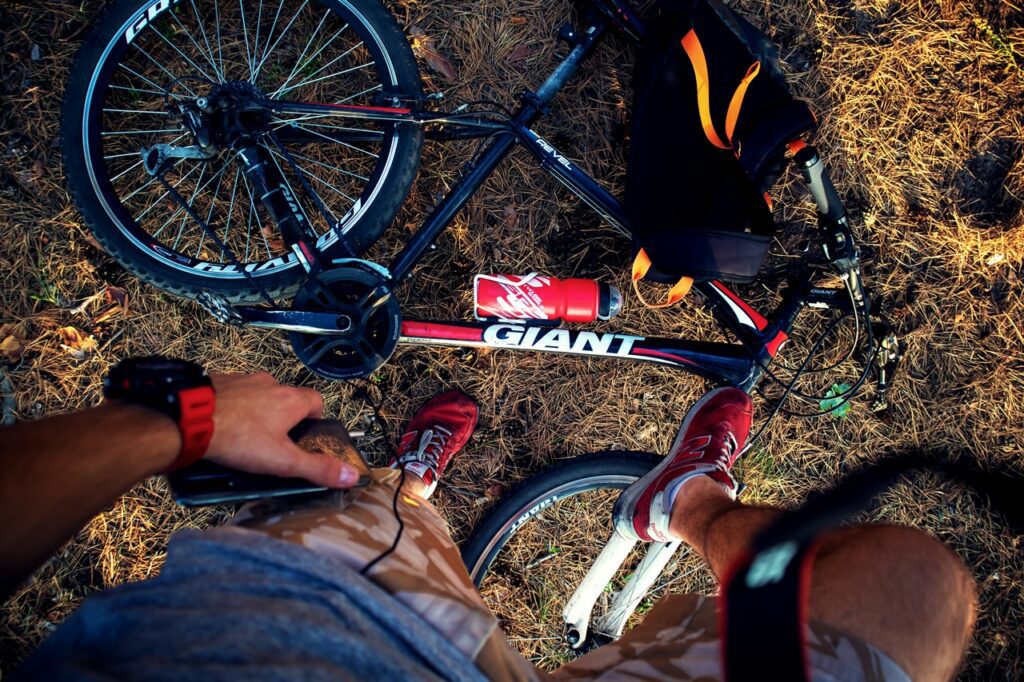
Finding the ideal bicycle to ride a bike is only half the battle. You’ll also require some vital equipment like knee and elbow pads and more. An essential item is a bike helmet, which should be worn at all times while riding. Helmets have a limited lifespan, so it’s best to be safe than sorry and purchase a new one rather than relying on the old one in the garage.
New helmets fulfill U.S. safety regulations, so try a few and pick the one that best suits your head, style, and budget. The better you like it, the more chance of you wearing it!
When riding a bike, a cycling outfit is more efficient and comfier than other sporting clothing. The cloth wicks away sweat and aids in temperature regulation; the form-fitting cut prevents chafing, and the cushioned seat (chamois) shields sensitive areas from road vibration. Jerseys come in a variety of colors and patterns, as well as a race or relaxed fit.
While we recommend beginning your cycling experience with flat pedals and athletic shoes, you may want to upgrade to road cycle shoes and clipless pedals in the future. This shoe-pedal combo keeps your feet in position while pedaling, which improves efficiency and bike handling.
Look for a Suitable Location
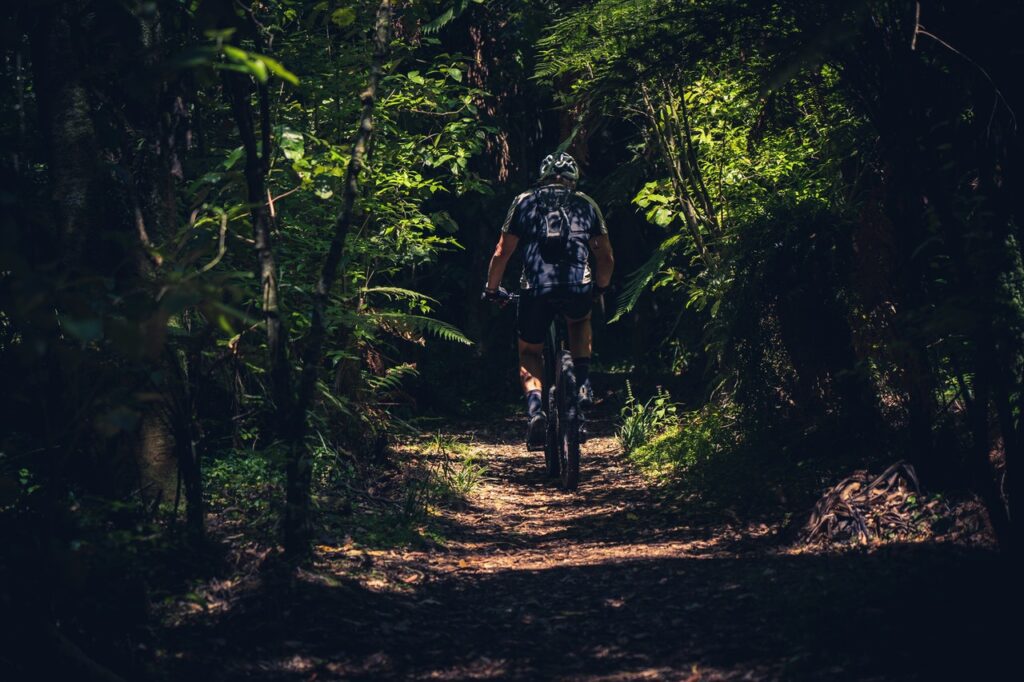
When you’re starting to ride a bike, you’ll want to pick a quiet location away from the traffic. A flat, smooth piece of ground, such as your driveway or sidewalk, is a wonderful location to start. If you don’t have enough room at home, you can practice in a parking lot or park.
Starting on the lawn or another grassy spot is preferable because falls are less painful. However, this surface type can make maintaining balance and peddling more difficult.
Find places with modest slopes if you want to practice balancing and riding on hills. Also, check your local regulations to check if riding on sidewalks or other routes is permitted.
Don’t Forget to Wear a helmet.
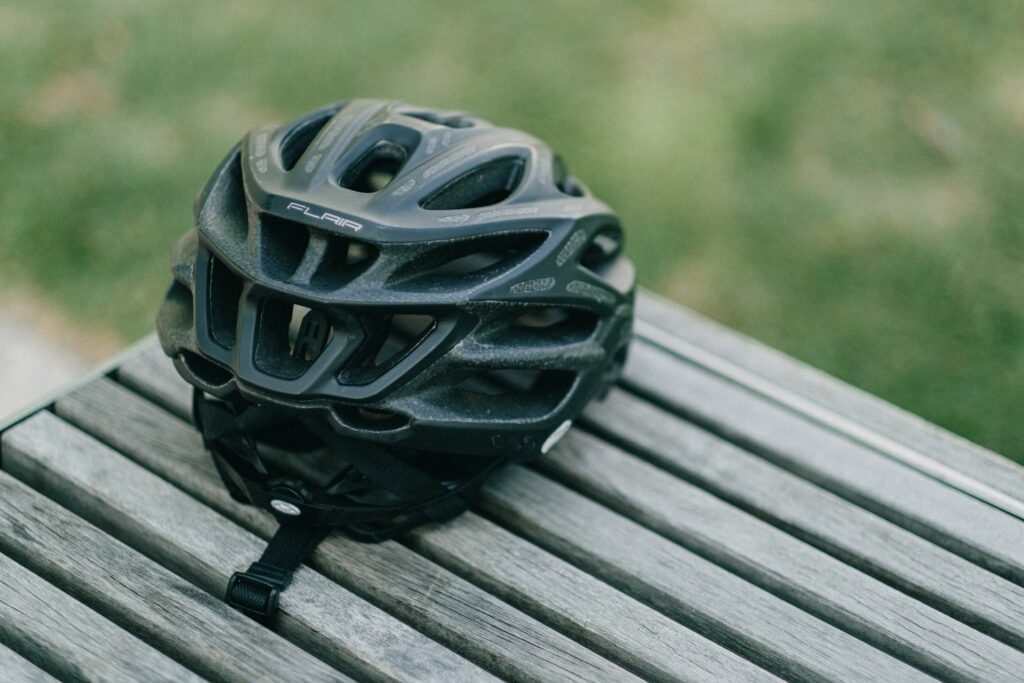
Helmets are advised for both novice and experienced cyclists. You never know when you’ll be involved in an accident. A fractured bone can typically be repaired, but brain trauma, prevalent in bicycle accidents, has long-term consequences. In some regions, cyclists are also required to wear helmets.
Helmets are sized to fit the wearer’s head. A decent one should be snug and come down to an inch (2.5 centimeters) above your brow. It will also include straps that should allow you to move your mouth while keeping your helmet secure.
- Commuter helmets are a popular choice. They’re spherical, composed of foam and plastic, and obtained online or in bike shops.
- Road helmets are often extended and include vents. They’re also composed of foam and plastic, although more commonly seen in competitive racing. Look for them online or in stores.
- For difficult off-road conditions, mountain bike helmets and professional sports helmets come with visors and neck bracing.
Go out and Practice During the Day
Although night riding is possible, it is not suggested for beginners. Drivers will have a harder time seeing you at night. If you must go out at night, wear light-colored clothing, reflective stickers, and utilize bike headlights.
Invest in a Balance Bike for Your Toddler
A balance bike is a two-wheeled pedal-less child’s bike that helps children learn how to ride a bicycle. They are perfect for ages 2-5, as they teach children how to balance on a bike without having to worry about pedaling.
Final Thoughts
It takes time to learn to ride and find your balance on a bike. You won’t be able to learn to ride confidently in one day, but you will be able to soon enough with enough practice! You, too, will have that exciting moment when everything clicks into place, and you can start pedaling. Good luck on your cycling journey!
